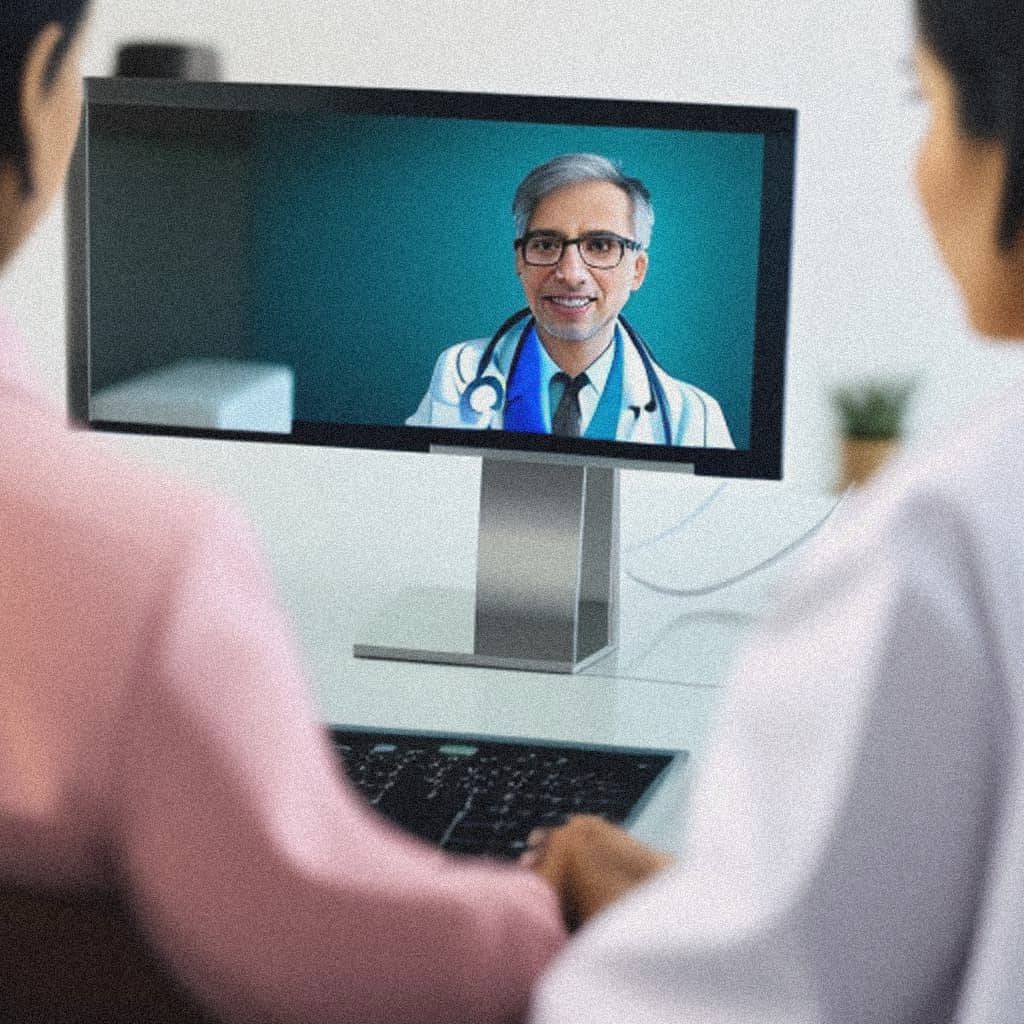Telemedicine is an innovative healthcare delivery system that allows healthcare professionals to interact with their patients remotely using technology. It has become increasingly popular in recent years, particularly in rural areas where access to healthcare services is often limited.
Telemedicine is a broad term that encompasses a variety of technologies, including video conferencing, remote monitoring, and mobile health apps. It allows healthcare professionals to provide consultations, diagnose conditions, monitor patients, and even prescribe medication without the need for a physical visit to a clinic or hospital.
One of the major benefits of telemedicine is that it allows patients to receive healthcare services from the comfort of their own homes. This saves time, reduces travel costs, and eliminates the need for patients to take time off work or arrange childcare. It is also particularly useful for patients with mobility issues or chronic conditions that require ongoing monitoring.
Telemedicine can also help to improve access to healthcare services for those in rural or remote areas. Many areas of the country have a shortage of healthcare professionals, particularly specialists. With telemedicine, patients in these areas can access specialist care without having to travel long distances to a larger hospital.
Another benefit of telemedicine is that it can help to reduce the cost of healthcare. This is achieved by reducing the need for physical visits to healthcare facilities, which can be expensive due to travel costs and lost wages. Additionally, telemedicine can help to reduce hospital readmissions and emergency room visits, which are often costly.
Telemedicine can also improve the quality of care provided to patients. It allows healthcare professionals to monitor patients more closely and to detect potential problems early on. It also allows patients to receive care more quickly, which can be particularly helpful in cases where early intervention is critical.
Despite these benefits, there are also some challenges associated with telemedicine. One of the major challenges is the need for a reliable internet connection. Many rural areas do not have high-speed internet, which can make it difficult to conduct video consultations and other aspects of telemedicine.
Another challenge is ensuring that patient privacy is maintained. With telemedicine, patient information is transmitted electronically, which can raise concerns about data security. Healthcare providers must take steps to ensure that patient data is protected and that privacy is maintained at all times.
Additionally, telemedicine may not be suitable for all medical conditions. Some conditions require a physical examination or the use of specialized equipment, which may not be possible with telemedicine.
Despite these challenges, the use of telemedicine is on the rise, particularly as more healthcare providers seek to expand access to care and reduce healthcare costs. Telemedicine has the potential to revolutionize the way healthcare is delivered, bringing quality care to patients regardless of location. As the technology continues to evolve, it is likely that telemedicine will become an increasingly important part of the healthcare landscape


